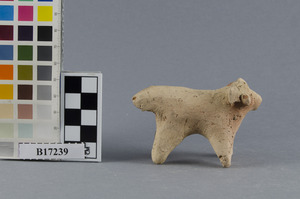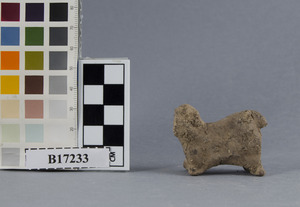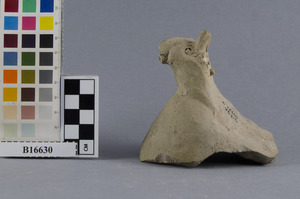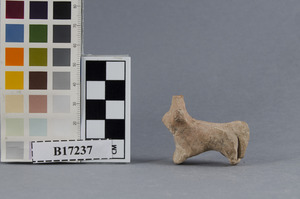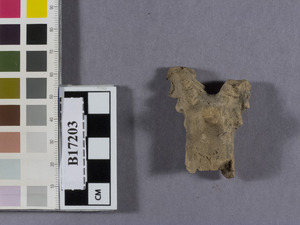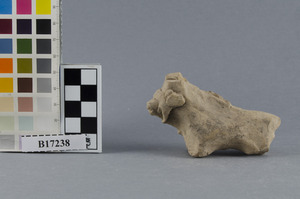Ur, Iraq
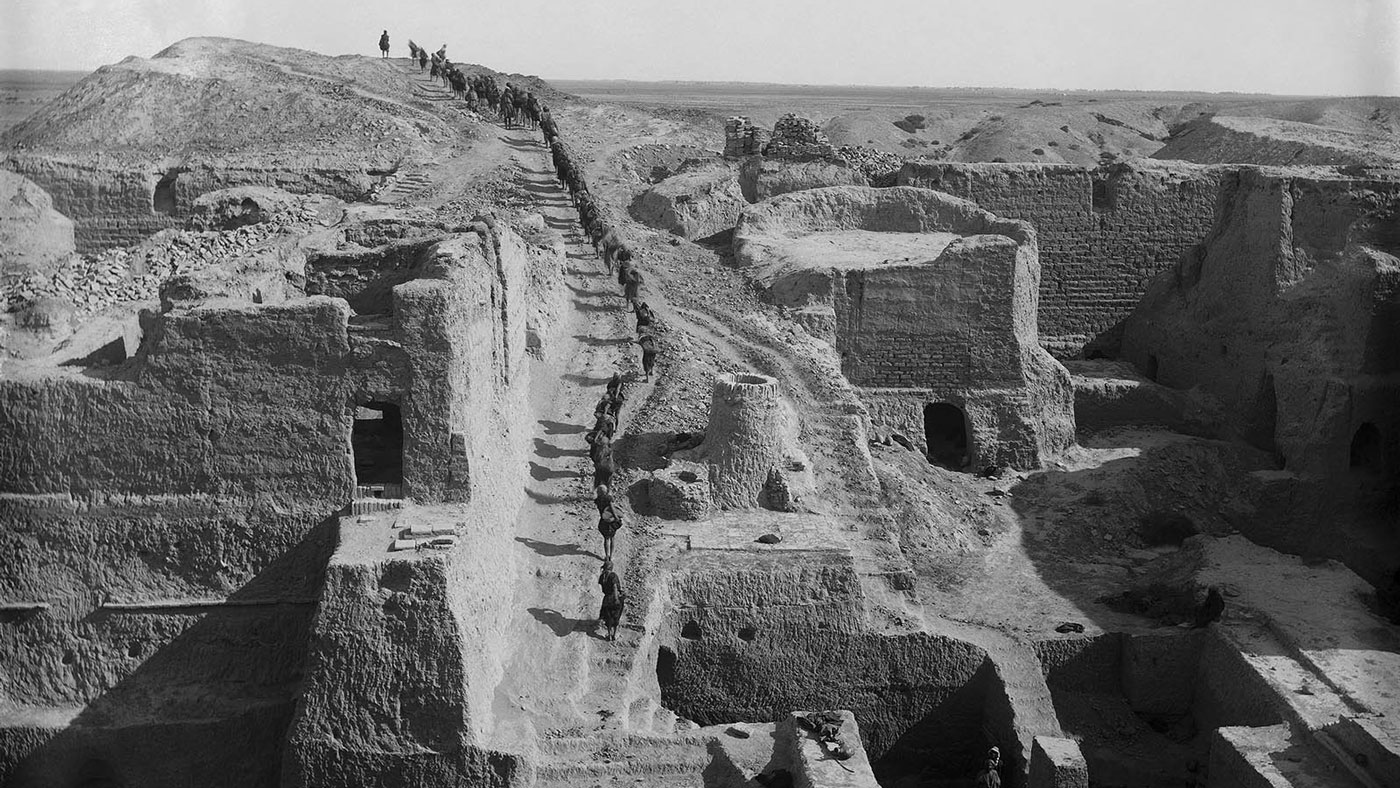
Located in southern Iraq, near the former northern limits of the Persian Gulf, Ur was one of the most famous archaeological excavations—along with Tutankhamun’s tomb in Egypt—during the early 20th century. Frequently described in the popular press, the work at Ur brought the magic of archaeology to life, particularly by tying the discoveries into familiar biblical stories. Between 1922 and 1934, the Joint Expedition of the British Museum and the Penn Museum was directed by C. Leonard Woolley and uncovered some of the most well-known and celebrated art from ancient Mesopotamia. These finds were divided between the two partner institutions (25% each) and the Baghdad Museum in Iraq (50%).
- Object[136]
- yes[136]
- near eastern[136]
- animal figurine[136]
- rattle[2]
- spout[1]
- vessel fragment[2]
- assyrian[1]
- post agade[1]
- pre-flood[1]
- prehistoric[1]
- filling of pg 1524[1]
- found 4.50 m. below brick pavement dated ca. 3100 b.c. in the prehistorical settlement. pg. n.w.[1]
- found 6 to 7 m. below brick pavement dated ca. 3100 b.c. in the prehistorical settlement. level of the pre flood period. pg. n.w.[1]
- found 7 to 7 1/2 m. below brick pavement dated ca. 3100 b.c. in the prehistoric settlement. p.g. n.w.[1]
- p.g. xz 1844 pit f[1]
- pft level 1200[3]
- pft level 1220[1]
- pft, level - 1250[1]
- pg cemetary area 900 down[1]
- sis 7, ad, papsukal box[1]
- sis 7, ad, papuskal box[1]
1 - 30 of 136 Records
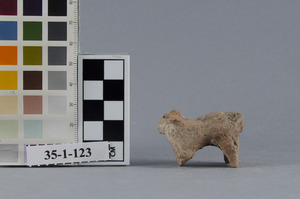
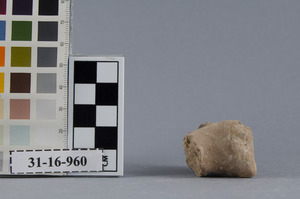
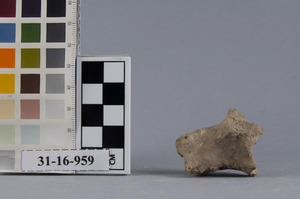
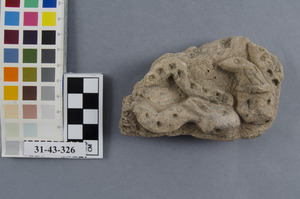
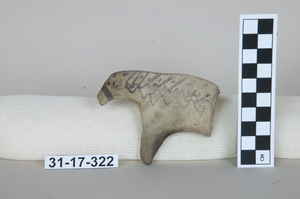
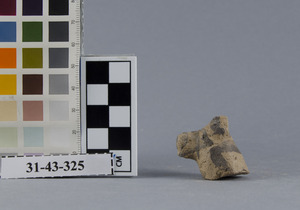
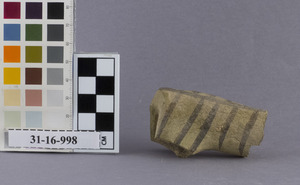
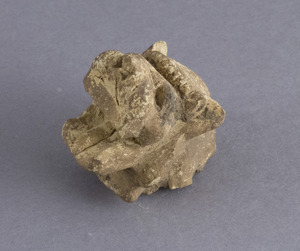
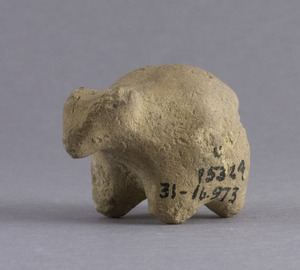
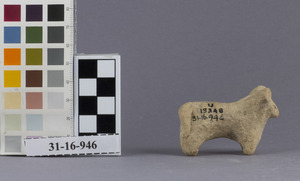
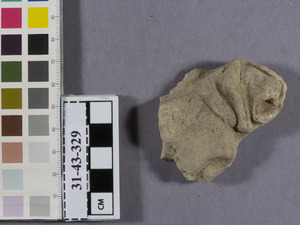
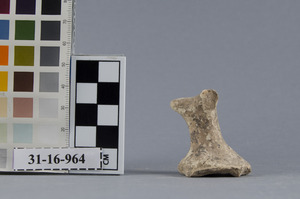
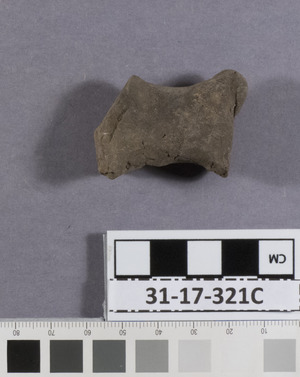
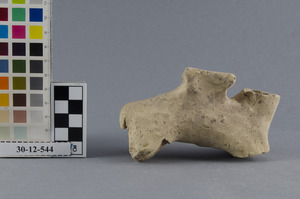
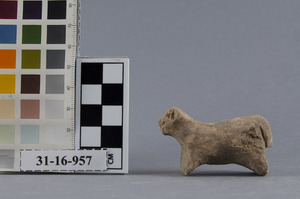


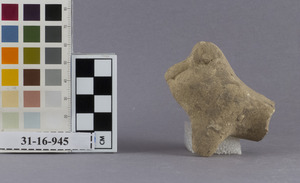
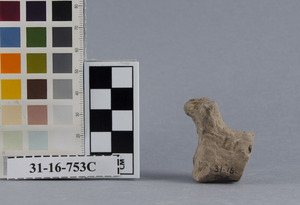
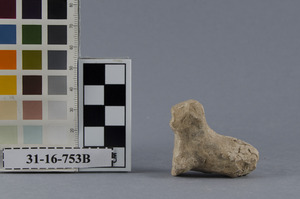
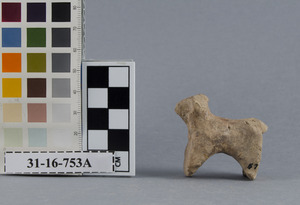
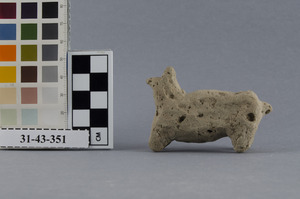
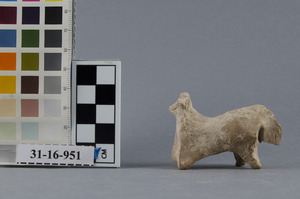
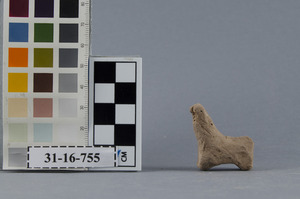
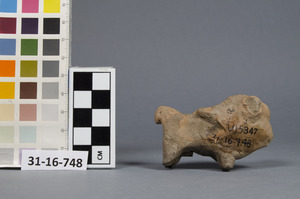
1 - 30 of 136 Records


